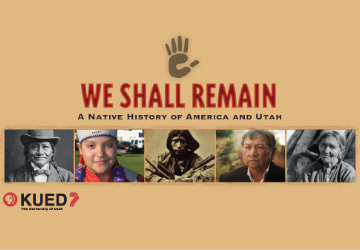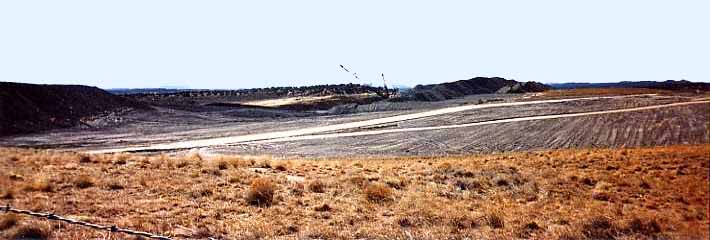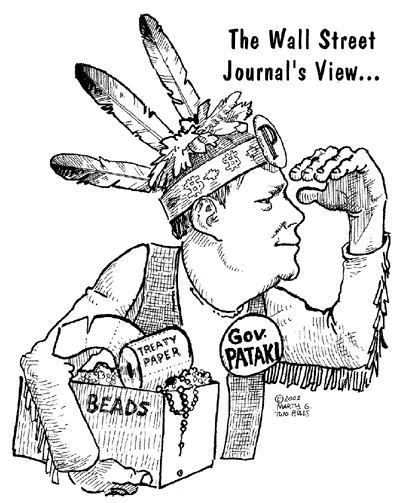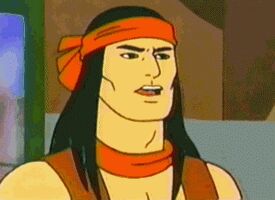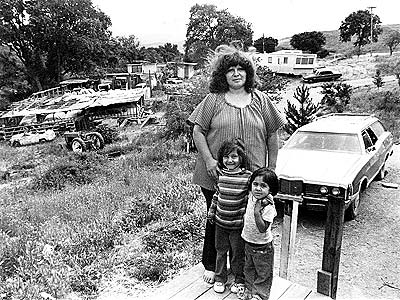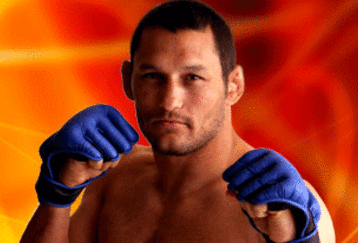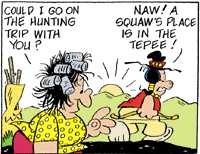Note: Wikipedia has a master list of episodes and TV.com has a set of summaries. The two sources don't always match.
31. Indian Trouble
34. Rain Spirits
35. The Kachinas
52. Ricochet Pete
53. Northland Follies
68. Pokey's Price
Note: The Native Americans feed Pokey something that makes him change colors randomly and makes crazy sound effects play.
71. Siege of Boonesborough
Trivia: When Daniel Boone suggests that the women and children dress up as men to trick the Native Americans, one of the women laughs in delight for a second, then instantly looks grim again.
97. Indian Country
This episode is listed in Wikipedia but omitted in TV.com. Amazon.com lists it as one of the episodes in Gumby & Friends--The Lost Episodes.
I couldn't find out what happened with Indian Country. I can only guess that Gumby's owners couldn't find the master for this episode, so they deemed it "lost." At some point, someone found it and made it available. So Indian Country is missing on older lists and present on newer lists.
130. The Indian Challenge
131. Gold Rush Gumby
Of course, if any of these episodes feature more teepee-style Indians, they instantly go into the "reject" category. That portrayal is about as stupid as portraying Indians as gophers. It's roughly the same idea: "pesky" Indian and gopher pests.
I suspect Gumby's producers did so many Western shows because cowboys and Indians were big then. But still, 10 of 131 episodes was a lot of Native-themed shows. I doubt other children's shows had that many episodes featuring Indians.
For more on the subject, see TV Shows Featuring Indians.


